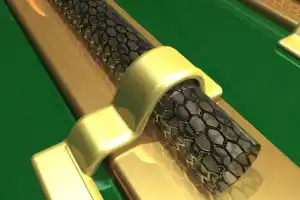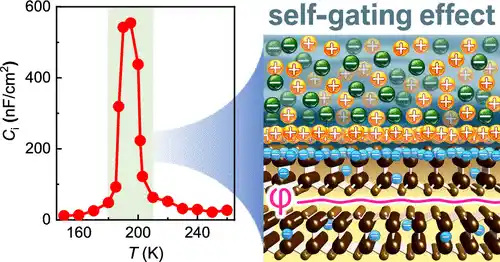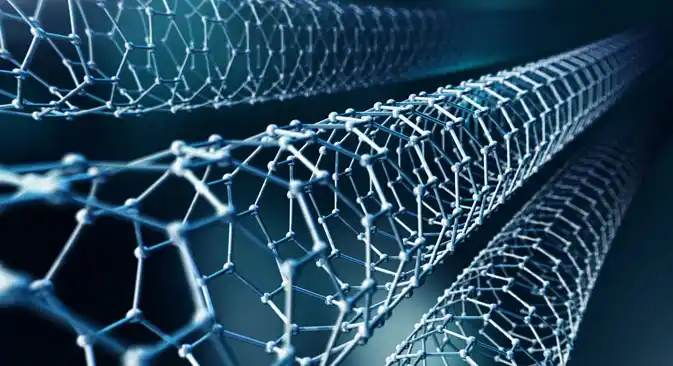افشین رشید
اُستادیار ؛ عضو هیات علمی دانشگاه آزاد اسلامی واحد علوم و تحقیقات تهران
615 یادداشت منتشر شدهInvestigation of Nano-Supercapacitors and The Electric Current Storage Properties of (Carbon Nanotubes CNT) and Graphene

Note: Because carbon nanotubes are hollow, it is possible to place foreign materials inside them. So by placing metals inside, both electrical properties can be improved and energy storage can be achieved.
The filament nano-supercapacitor can both conduct current and store energy. To make this filament, copper wire and nanoscale plastic layers have been used. Until now, cables and wires have been used to store electricity. But a lightweight copper nanowire filament can store energy in addition to transmitting electricity. A nanostructure is used for conduction and storage. Such a wire can be used inside single-layer CNT nanotubes to store current. The copper nanowires are in a nanoscale sheath. And this sheath is combined with a special alloy and finally creates an electrode.

Supercapacitors also need another electrode for storage. For this purpose, they have a thin plastic layer on the surface of the sheath and it is covered with another metal. A special gel is also used to connect these layers together. Due to the presence of an insulating nano-layer, in supercapacitors, the inner wire strand can play the role of current transfer, and the outer electrode also independently provides storage . In this case, a supercapacitor made of copper is produced that can both pass current and store. Thomas believes that such a supercapacitor can also be produced with other materials. The energy storage and electrical conductivity of nanotube cables can be as good as the conductivity of metal wires. Among the various compounds used in supercapacitors, graphene-based materials, especially 3D graphene, facilitate the penetration of electrolyte due to their unique 3D structure and increase energy storage. Also, high electrical conductivity and large surface area are other advantages of this type of 3D porous structures that have found potential for application in nano-supercapacitors.

One of the methods for optimizing the properties of energy storage systems is the development of new materials for use as electrode materials in nano-supercapacitors. Carbon materials such as graphene, carbon nanotubes, graphite, carbon nanofibers, etc. play an important role in nano-supercapacitors due to their good electrical conductivity, cheapness and availability, biocompatibility and good chemical stability. One of the newest of these carbon structures is 3D graphene, which, due to its unique 3D structure, facilitates the penetration of electrolytes and has a large surface area and high electrical conductivity.
Conclusion:
Nano-supercapacitors are also very similar to capacitors in terms of structure and mechanism (on a nanoscale), with the difference that the surface area of the electrodes is greater due to the abundant porosity in the supercapacitors, which leads to an increase in the energy storage capacity of supercapacitors compared to conventional capacitors. The energy density of nano-supercapacitors is much higher than that of conventional dielectric capacitors.